Everything you need to know about Crankbaits
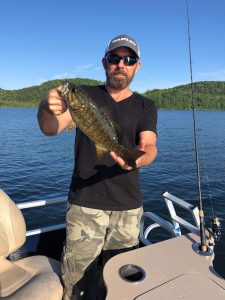
Donnie
Donnie is a founder of Basshogg, avid fisherman and cottager.
- April 1, 2023
- 3:49 pm
- No Comments

What is a Crankbait?
Crankbaits are generally shorter and fatter than jerkbaits. They also have two treble hooks, as opposed to the three found on most jerkbaits. So what exactly is a crankbait? Simply put, it’s a type of fishing lure that’s designed to imitate a swimming or diving prey fish. Crankbaits usually have a lip or bill on the front that helps them dive and swim in a particular way, depending on the design. Crankbaits are versatile lures that can be used in a variety of fishing situations, from deep-water trolling to shallow-water casting. They come in a wide range of shapes, sizes, and colours.
What can you Catch with a Crankbait?
If you’re an angler looking to expand your fishing arsenal, you might be wondering what kind of fish you can catch with a crankbait. The truth is, crankbaits are a versatile lure that can help you catch a variety of fish species. Crankbaits are designed to imitate different types of baitfish, and their realistic swimming action can trigger reaction strikes from both feeding and lethargic fish. They’re especially effective for targeting species that feed on baitfish, such as bass, pike, walleye, perch, and panfish.But crankbaits can also be used to catch cold water species such as trout and salmon. In fact, there are specialized crankbaits designed specifically for these types of fish, with smaller profiles and different diving depths.
What are the Types of Crankbaits?
The industry breaks these lengths up into three categories. The first is shallow diving crankbaits, which are typically 2 to 4 feet in depth. These types of crankbaits work best in shallow water, such as near shorelines, weed beds, or drop-offs. The second category is medium diving crankbaits, which range from 6 to 10 feet in depth. These crankbaits are ideal for fishing in deeper water, such as channels or river bends. They can also be effective in shallower water when the fish are not biting on shallow diving lures. Finally, there are the deep-diving crankbaits that can range from 10 feet to 25 feet in depth. These crankbaits are designed to reach the bottom of deep lakes or rivers and can be effective for targeting big game fish such as pike or musky.
Shallow Diving Crankbaits
Shallow diving crankbaits are the most suitable lures for fishing in shallow waters, especially when covers and weeds are present. These lures are easily maneuverable over rocks, and other obstacles, making them ideal for fishing areas with a lot of structure. A key advantage of using shallow diving crankbaits is their ability to easily pull through cover without getting caught on obstacles. The hooks are designed to be less prone to tangles. They can often attract fish by hitting an object because of the lure’s erratic movements. When fishing with shallow diving crankbaits, it’s best to work them at higher speeds to create the lure’s natural and unpredictable movement. The lure body will cause the lure to deflect from obstacles, and hooks will not have a chance to get stuck. If you’re fishing in shallow water with covers and weeds, shallow diving crankbaits are the ideal lures for attracting fish.

Medium Diving Crankbaits
Medium diving crankbaits are the most popular size cranks and are very effective in waters deeper than 10 feet. These lures are excellent for shallower water when digging into the ground. They are ideal for use in lakes or rivers with rigid, rocky bottoms to cause disturbances. Like shallow squarebill crankbaits, medium diving crankbaits can trigger strikes through deflections. Especially when used with a short stop after a deflection. These lures are also great for attracting fish when they are near the bottom or suspended over deeper water. While the bill size of medium diving crankbaits isn’t always the key to a successful strike. The body shapes, water clarity and retrieve are all factors that can trigger bites. These crankbaits are versatile and can be used in a variety of fishing scenarios to attract fish. Medium diving crankbaits are perfect for depths around 10 feet. They can also be used in shallower water, where they will reach the bottom and cause disturbance that will attract fish. These lures can also deflect from obstacles, and a short stop after hitting something can entice targeted fish to bite. In conclusion, medium diving crankbaits are a versatile and effective choice for fishing in deeper waters. These lures can trigger strikes through deflections. They work well when fish are near the bottom or suspended over deeper water, and can be used in a variety of fishing scenarios. With the right technique and understanding of the factors that trigger bites, medium diving crankbaits can be a valuable addition to your tackle box.
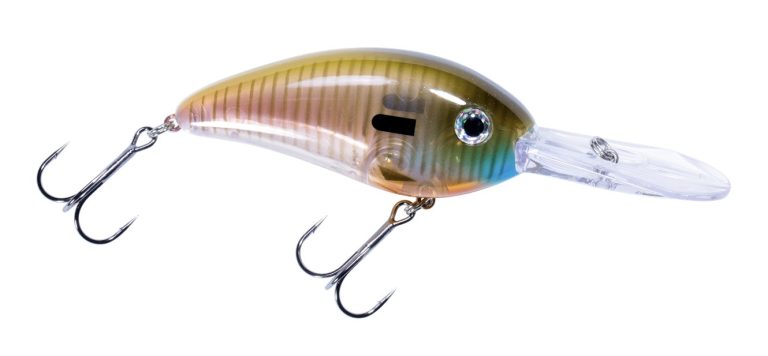
Deep Diving Crankbaits
Fishing Deep Diving Crankbaits is ideal for offshore fishing structures such as rocks piles, creek channels, and ledges. When hunting in deep water spots with a deep-diving crankbait is essential to have complete control of your bait and feel everything it makes contact with. Bottom contact is vital for this style, and a sudden change of direction is critical to getting bites. A deep-diving crankbait with two treble hooks is perfect for pre-spawn bass fishing, but it’s essential to keep them razor-sharp. The effort and speed required to crank a crankbait are even more critical with deep divers. Unlike shallow and medium divers, the water temperature, line diameter, and line tie are critical for control, especially if you are a beginner. Nonetheless, deep-diving crankbaits are instrumental in catching big fish and more fish.
Lipless Crankbaits
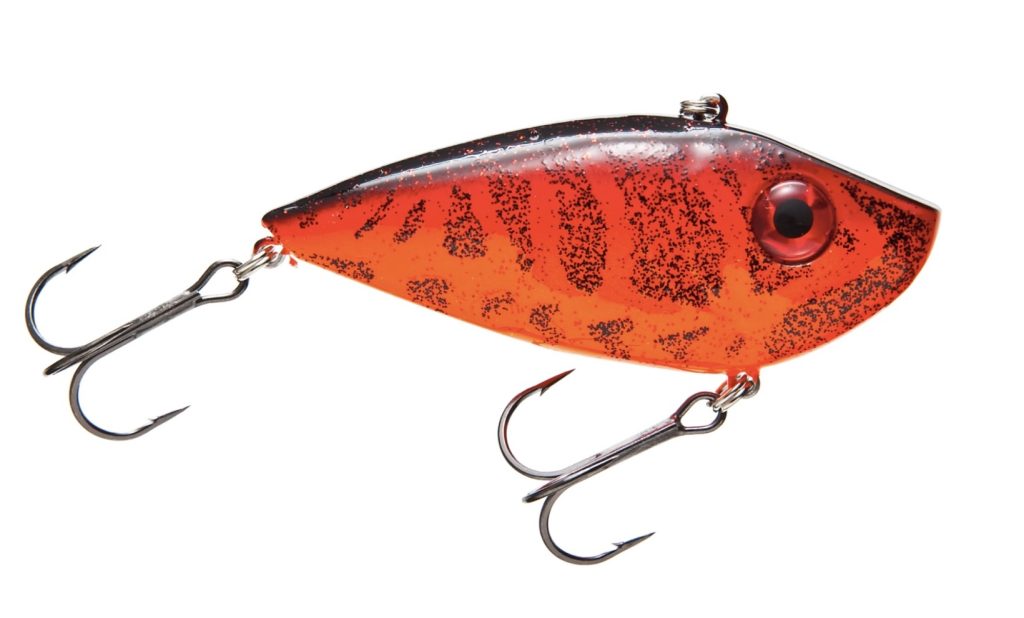
A lipless crankbait is a type of fishing lure that has no bill or lips. Instead, its action comes from a nose-down attitude caused by positioning the eye you tie to the back of the lure. Most lipless crankbaits contain loud rattling sounds that imitate a school of shad, making them highly effective for catching fish. These lures are available in sizes ranging from 1/4oz to 2oz and can be used in water depths of 2 to 50 feet. To fish with lipless crankbaits, it’s essential to maintain a constant motion to keep the lure off the bottom. While the industry does make suspending lipless baits, most of them sink. By using a nose-down attitude and a loud rattling sound, lipless crankbaits can attract fish in a variety of water conditions. They’re particularly effective in imitating a school of shad, making them a go-to choice for many anglers.
What Colour do I Choose?
When it comes to selecting the right crankbait colour, there are certain colour combinations that work really well in any waterway. Shad patterns, including black back and pearl sides, blue-and-pearl, and green-and-pearl, as well as chartreuse with greenback and chartreuse sides, blue-and-chartreuse, lime green, and chartreuse sides with lime green stripes, and crawfish patterns, such as brown back and brownish-gold sides, brown-and-bone, and a variety of reds, are among the most effective options. Additionally, brown back with yellow sides and grey ghost with white sides are great choices that will work on just about any river or lake in the country.
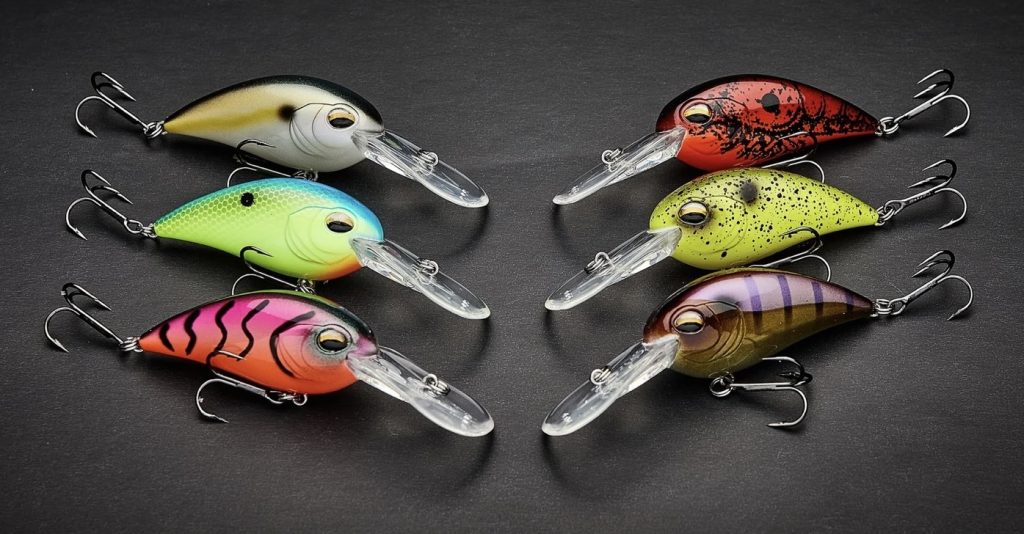
What Knot Should I Use?
Attaching your crankbait correctly is important to ensure it swims through the water with the proper action and entices fish to bite. The most recommended knot for crankbaits is the non-slip loop knot. This knot creates a free-swinging connection between the lure and the fishing line, allowing the bait to move more freely and generate a more realistic swimming action. The no-slip loop knot is easy to tie, and there are many instructional videos available online to guide you through the process. Other knots that work well for attaching crankbaits include the Fisherman’s Knot and the Palomar Knot. Just make sure to cinch the knot down tightly to avoid any slippage, which could result in lost fish. With the right knot, you can cast your crankbait with confidence and increase your chances of catching a variety of fish species.
The Non-Slip Loop Knot
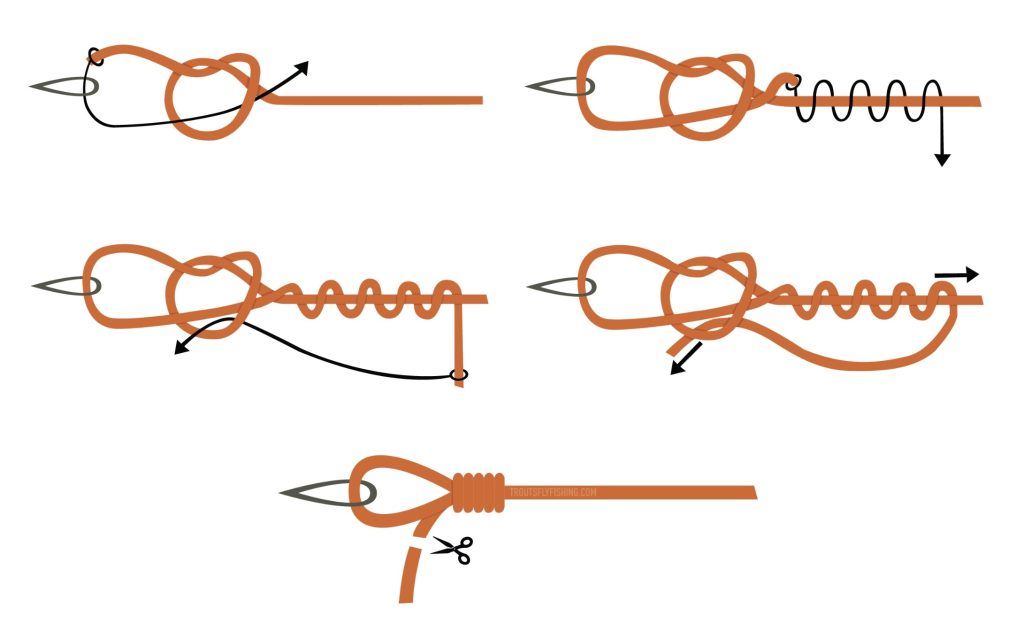
How do I Use a Crankbait?
- Match the depth of the crankbait to the water: As mentioned earlier, different types of crankbaits are designed to dive to different depths. If you’re fishing in shallow water, use a shallow-diving crankbait. If you’re fishing in deeper water, use a medium- or deep-diving crankbait.
- Vary the speed of your retrieve: Depending on the conditions and the mood of the fish, they may prefer a faster or slower retrieve. Experiment with different speeds until you find what works best. Some anglers also like to pause the retrieve for a few seconds. Then resume reeling to give the bait a more natural, stop-and-go motion.
- Try different retrieves: In addition to varying the speed, you can also try different types of retrieves, such as a steady retrieve, a stop-and-go retrieve, or a twitching retrieve. Again, experiment until you find what works best.
- Pay attention to the bottom: If you’re fishing in an area with rocks, logs, or other structures on the bottom, try bouncing the crankbait off these structures. This will create a more natural, erratic movement.
- Use a rod with a sensitive tip: When fishing with a crankbait, it’s important to be able to feel when the fish strikes. Using a rod with a sensitive tip can help you detect even the slightest bites.
- Watch for signs of fish activity: Keep an eye out for signs of fish activity, such as surface disturbances or birds diving into the water. These can be good indicators of where the fish are located, and can help you target your casts more effectively.
How to Reel a Crankbait
To reel a crankbait properly, you need to know the right speed for your retrieving technique. Beginners often reel too fast or too slow, so it’s important to find the right balance. In a straight retrieve, you can go quite fast and cover large areas. If you’re making pauses in areas where fish could hide, you can reel slow or fast in between, but not as fast as in the straight retrieve. For deeper waters, try up and down movements, controlling the speed with the rod tip and proper reel in between. This should be the slowest technique of all. Moving too fast can make fish lose interest in the lure, so instead of covering the whole lake, cast to the same place a few times before moving on. Avoid making the same twitches all the time and make erratic and unpredictable movements to imitate real baitfish.Remember, every fishing situation is different, so it’s important to stay adaptable and experiment with different techniques until you find what works best for you.
Don't Have a Boat?
Don’t worry! You can still fish with a crankbait from shore. Using a lipless crankbait allows you to control the depth completely, which is helpful when fishing from shore. Longer rods are ideal for shallow diving crankbaits, as they provide better control around obstacles. More experienced anglers can use medium diving crankbaits and cast them far, choosing a retrieving technique that suits them. To trigger bites, use sweeping motions and deflect the bait from obstacles. Avoid straight casting far away and instead cast parallel to the shore to cover the targeted, shallower area where fish are hiding. Look for transition areas where different types of cover come together, as this is where fish tend to lurk. Vary the reeling speed and direction and add some erratic movement to imitate the baitfish.
When Should I Use a Crankbait?
Lure selection depends on the time of year. Spring, summer, and fall are the most effective seasons to use a crankbait, while the spawning period is not. When the water temperature is 52-55 degrees in spring, try crawfish patterned medium-diving crankbaits. After the spawn, use shad-coloured crankbaits (shallow and medium divers) as the fish move away from the banks. During summer, use deep-diving crankbaits along the bottom to trigger strikes. In the fall, use shallow-diving squarebills, medium divers, and deep-running crankbaits. In muddy water, use wide-wobbling round crankbaits, and in gin-clear situations, use tight-wiggling flat-sided crankbaits. So, choose your crankbait based on the water temperature and clarity to increase your chances of catching fish.
What are some of the best Crankbaits for Bass Fishing?
Strike King Pro-Model 6XD Crankbait
Rapala Rippin’ Rap 6 Lipless Crankbait
Bomber Model A Fishing Lure
Spro Little John Crankbait
SteelShad Lipless Crankbait
Norman DD22
Rapala Crankin’ Rap 3
Booyah Streak IV
Luhr Jensen Speed Trap Crankbait
Rapala DT6 Fishing Lure
You can find the Crankbaits listed above for between $7 to $14 USD